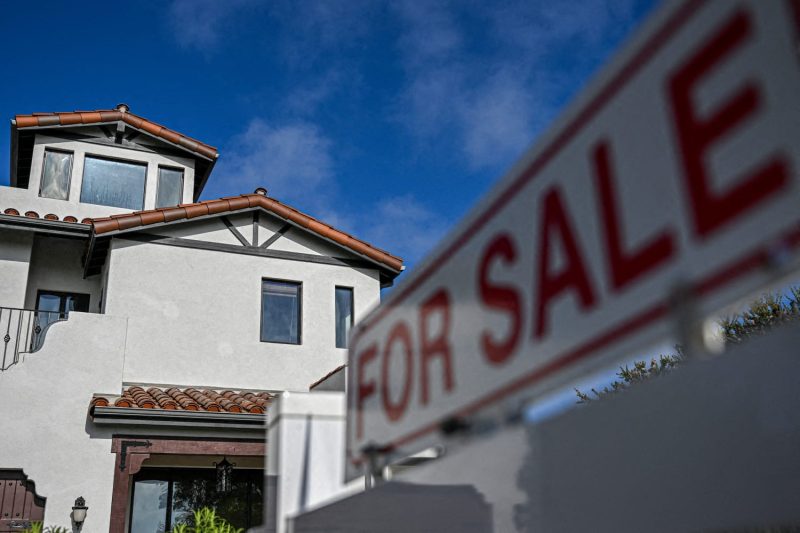
June Sees All-Time High for Home Prices on S&P Case-Shiller Index!
The S&P CoreLogic Case-Shiller national home price index reached a record high in June, indicating the continued strength and resilience of the U.S. housing market despite the economic uncertainties brought about by the COVID-19 pandemic. This upward trend in home prices has been largely driven by a combination of factors, including low mortgage rates, limited housing inventory, and strong buyer demand.
Low mortgage rates have been a significant catalyst for the surge in home prices. With the Federal Reserve maintaining historically low interest rates in response to the pandemic, borrowing costs for homebuyers have remained exceptionally favorable. This has incentivized many potential buyers to enter the market, leading to increased competition for available properties and bidding wars in certain areas.
In addition to low mortgage rates, the limited availability of housing inventory has further exacerbated the housing market dynamics. The pandemic has disrupted the construction supply chain and constrained the supply of new homes coming onto the market. This imbalance between supply and demand has put upward pressure on prices, making it increasingly challenging for buyers, particularly first-time homebuyers, to find affordable housing options.
Furthermore, the shift towards remote work and the desire for more space in the wake of the pandemic have fueled demand for larger homes in suburban and rural areas. Many city dwellers are opting to move out of urban centers in search of more affordable housing and a higher quality of life, leading to increased competition for homes in these regions and further driving up prices.
Despite the record high home prices, the Case-Shiller index also highlights the uneven impact of the housing market boom across different regions in the country. Cities like Phoenix, San Diego, and Seattle have seen the largest price gains, fueled by strong demand and limited supply. In contrast, some markets in the Midwest and Northeast have experienced more modest price increases, reflecting varying economic conditions and housing dynamics.
Looking ahead, experts anticipate that the momentum in the housing market may start to moderate as affordability concerns and economic uncertainties come into play. Rising construction costs, tight lending standards, and the potential for a slowdown in job growth could dampen buyer demand and alleviate some of the pricing pressures in the market.
Overall, the record high home prices in June underscore the resilience and strength of the U.S. housing market amidst the challenges posed by the pandemic. While the market continues to show signs of robust growth, it is essential for policymakers, industry stakeholders, and buyers alike to closely monitor these developments and ensure a sustainable and inclusive housing market that benefits all participants.
